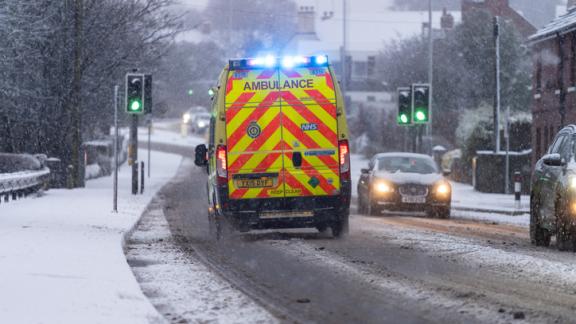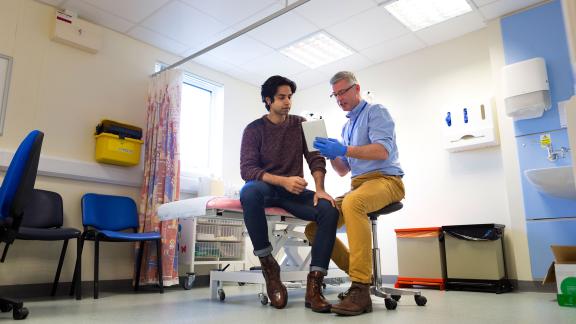Figures show incredible NHS efforts despite record-high system pressures

-
Performance improved against the four and twelve-hour targets for Emergency Department (ED) waits, the best performance since July 2021 and December 2021 respectively. In January there were 25.6% fewer patients waiting 12 hours or more in EDs than the previous month.
-
In January, 48.9% of red (immediately life threatening) calls received an emergency response within eight minutes, 9.4 percentage points higher than December 2022.
-
In December the number of patient pathways waiting to start treatment fell slightly, from over 748,000 to around 735,000, a third consecutive monthly decrease following consistent increases since April 2020.
Responding to the latest NHS performance statistics in Wales, Nesta Lloyd-Jones, assistant director of the Welsh NHS Confederation said:
“Although performance is not where we'd want it to be, the figures for December and January are somewhat reassuring given the multiple days of strike action by thousands of NHS staff and record-high winter pressures over the last few months.
“For example, it's promising to see improvement in responses to immediately life-threatening (red) calls in December compared to January, as well as the best performance against four and twelve-hour Emergency Department waits in around 18 months.
“It's also encouraging to see that despite extraordinary pressures, progress continues in tackling the elective backlog, showing the NHS’ determination to provide treatment for those waiting the longest.
“The fact that performance was relatively stable compared to previous months, despite the phenomenal challenges the health and care system has faced this winter, is testament to the planning and hard work of staff across the NHS.
“Even though NHS staff are doing everything they can, there are still tens of thousands of people waiting for the care they need. Without system-wide intervention in patient flow, further investment in capital and social care and an end to the current pay disputes, it will become increasingly difficult to see significant improvements against performance targets.”
Notes
-
Statistics have been taken from the NHS activity and performance summary: December 2022 and January 2023 on the Welsh Government’s website.
-
The number of patient pathways is not the same as the number of individual patients because some people have multiple open pathways. More information is available in the Welsh Government’s Chief Statistician’s blog.



